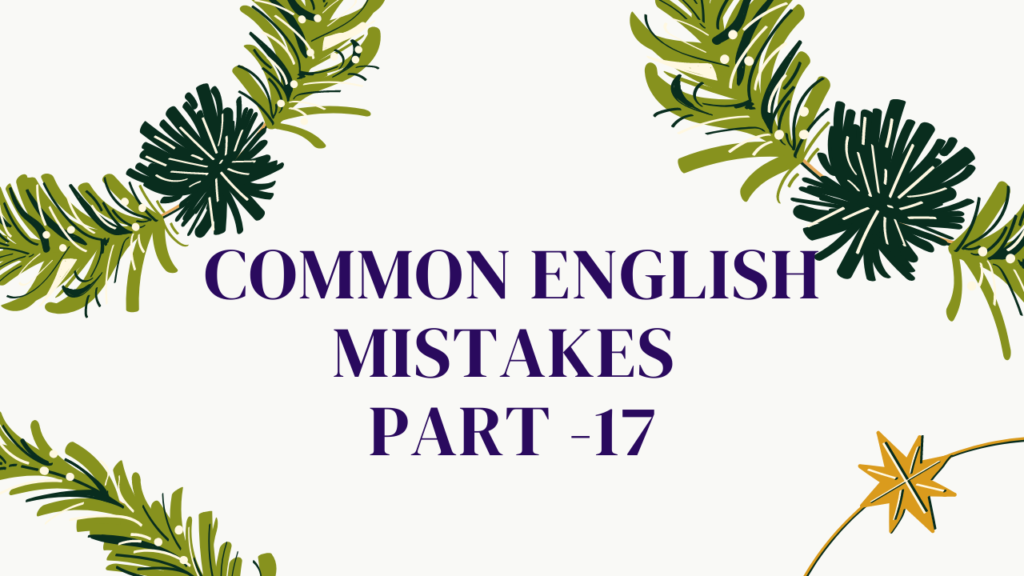
1) BEHAVIORS
“Behavior” has always referred to patterns of action, including multiple actions, and did not have separate singular and plural forms until social scientists created them. Unless you are writing in psychology, sociology, anthropology, or a related field, it is better to avoid the use of “behaviors” in your writing.
2) BEMUSE/AMUSE
When you bemuse someone, you confuse them, and not necessarily in an entertaining way. Don’t confuse this word with “amuse.”
3) BESIDE/BESIDES
“Besides” can mean “in addition to” as in “besides the puppy chow, Spot scarfed up the filet mignon I was going to serve for dinner.” “Beside,” in contrast, usually means “next to.” “I sat beside Cheryl all evening, but she kept talking to Jerry instead.” Using “beside” for “besides,” won’t usually get you in trouble; but using “besides” when you mean “next to” will.
4) BETTER
When Chuck says “I better get my research started; the paper’s due tomorrow,” he means “I had better,” abbreviated in speech to “I’d better.” The same pattern is followed for “he’d better,” “she’d better,&rdquo and “they’d better.&rdquo
5) BETWEEN
“Between 1939 to 1945” is obviously incorrect to most people—it should be “between 1939 and 1945″—but the error is not so obvious when it is written thus: “between 1939-1949.” In this case, the “between” should be dropped altogether. Also incorrect are expressions like “there were between 15 to 20 people at the party.” This should read “between 15 and 20 people.”